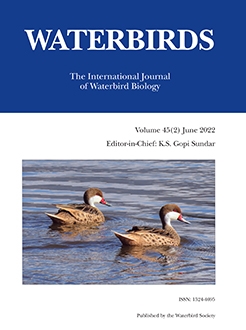Stopover habitats in long-distance migrants such as Siberian Cranes (Leucogeranus leucogeranus) are subject to dynamic changes, both seasonally and spatially. Due to the difficulty in conserving stopover habitats across vast geographies, it is necessary to clarify the timing and route patterns of stopover sites in order to take practical measures to protect habitats. From 2014 to 2018, we successfully tracked n = 10 Siberian Cranes by satellite tracking and obtained data for n = 26 complete migrations. We obtained the annual cycle of cranes and analyzed the repeatability between seasons and individuals. According to tracking data, Siberian Cranes started and ended autumn migration on 23 September and 19 November, respectively. Spring migration started on 8 April and ended on 4 June. The migration routes between seasons showed spatial similarity but less repeatability. There is significant repeatability in migration routes from 48°N to 58°N (Russian areas) between individuals in spring. Our results provide support for some seasonal plasticity in the timing of migration and flexibility in routes taken by migrating Siberian Cranes. Other than rigid patrol and guardianship for the entire spring, we also propose strengthening monitoring and protection in the identified stopover areas from the end of March to the beginning of May each year.
How to translate text using browser tools
8 February 2023
Siberian Crane Migration: Individuals Repeat Timing and Route in Spring Migration
Xiuming Li,
Kaijun Pan,
Haixiang Zhou,
Fawen Qian
ACCESS THE FULL ARTICLE

Waterbirds
Vol. 45 • No. 2
June 2022
Vol. 45 • No. 2
June 2022
annual migration
migration strategy
route flexibility
Siberian Cranes




